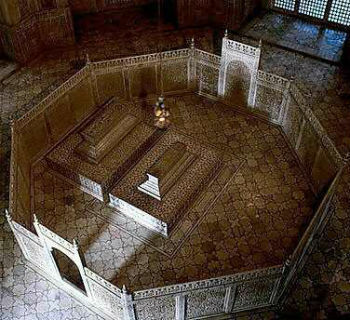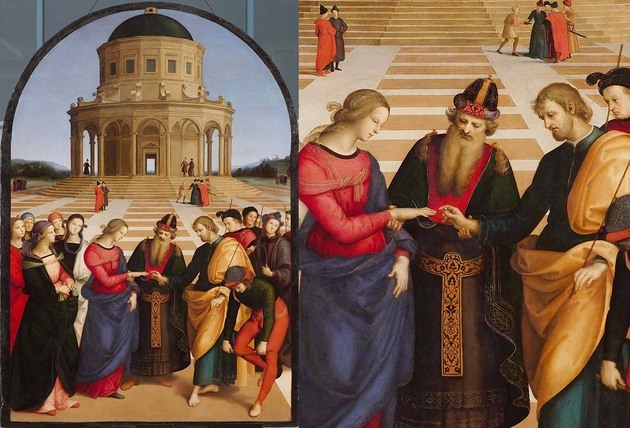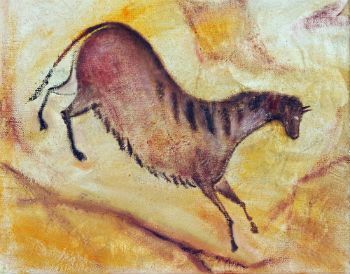Roman art was produced by the people belonging to Ancient Rome and lasted approximately from the 8th century BC. Ç. to the fourth century d. Ç.
It was strongly influenced by the Etruscans and Greeks, and the most significant artistic manifestations date back to the establishment of the Republic in the year 509 BC. Ç.
Despite this, we know few names of its artists and architects, since it was a collective art or made for its patrons.
The art of this period is divided into art from the Republican Rome (before 27 a. C.) and the Imperial Rome (from the year 27 a. Ç. on).
Characteristics of Roman Art
- Influence of Etruscan art: realistic expression;
- Influence of Greek art: expression of the ideal of beauty;
- Use of arches and vaults in architecture;
- Realistic representation in sculpture;
- Colour, delicacy and precision in the details of the painting.

The Romans took advantage of the cultural baggage of the Etruscans, whose art was highly developed, as well as being influenced by the Greek aesthetic standards, which they admired.
When the Romans conquered Greece, they were fascinated by their art and began to imitate the Greeks. It follows that many of the characteristics of Greek art are found in Roman art. As is also the case with mythology.
Architecture was the greatest of all artistic expressions of the Romans. In it, the feature that stands out the most is the use of bows.
The Roman sculptures, in turn, are essentially copies of the Greek originals. In them, realism is a striking feature.
Roman painting, classified into four styles, is sometimes characterized by the coloring of the walls, sometimes by the illusionism or the richness of details.
You may also be interested:
- Roman Mythology
- Greek mythology
Roman architecture

In Roman architecture, the construction of portals, aqueducts, buildings, monuments and temples stands out. They were erected with practicality and innovation, as in the case of the use of the arch and the vault in the constructions.
These structures dampened the use of Greek columns and added internal spaces.
In Roman houses it was no different, as the plans were rigorously drawn in rectangular shapes. It is worth remembering that the monuments were intended to honor their patrons.
Furthermore, amphitheaters were built which, with the technology of vaults and arches, housed a large number of people, a great example of which is the Coliseum, In Rome.
The Roman temples, in turn, start from the fusion of Greek and Etruscan elements. They have a rectangular floor plan, a gable roof, a deep vestibule with free columns and a staircase at the front giving an entrance to the base.
Roman Painting

Roman artists worked on a wide variety of themes, such as historical and everyday events, legends, military conquests, effigies, and still life.
At roman paintings they were carried out in murals (frescos) and had three-dimensionality. The materials used ranged from powdered metals, powdered glass, substances extracted from molluscs, wood dust and even tree sap.
In addition to frescoes, we find Roman mosaics throughout the Empire. They range from contemplative models of white and black tesserae to figurative compositions of various colors.
Roman Sculpture

THE roman sculpture it was realistic in character, since they did not represent the "beautiful" but the people faithfully portrayed.
However, Roman artists, due to their intense contact with Greek art, ended up being influenced by it in sculpture as well. There was, then, a junction between the Greek style and new Roman conceptions.
Sculptures and sculptural reliefs used to adorn public and private buildings. They excelled in realism and occupied special spaces in architectural works, enriching and complementing them.
Now that you already know the Roman Art, also know the art of other ancient peoples:
- greek art
- Byzantine art
- Etruscan art
- greek architecture
- Egyptian art
- Romanesque art



